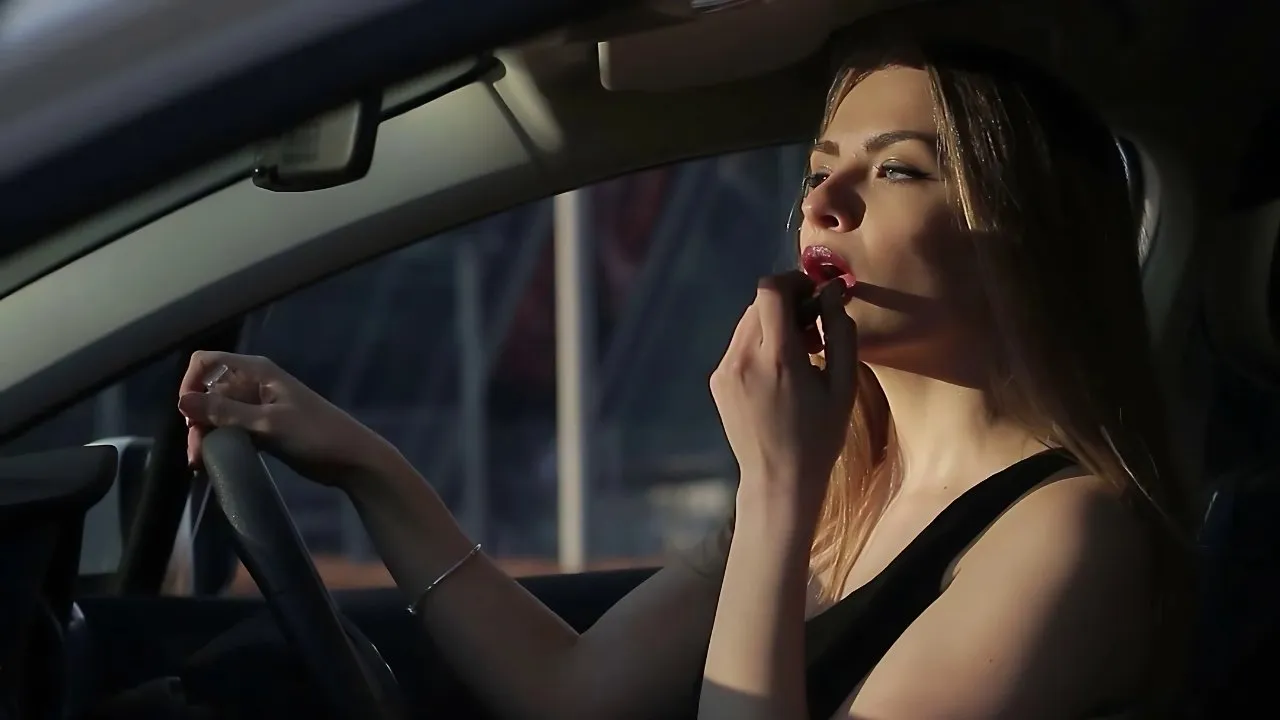The modern pace of life leaves many people trying to squeeze as many tasks as possible into their daily routines. One common sight on the roads is drivers attempting to apply makeup while behind the wheel. At first glance it may seem harmless, especially if someone is stopped at a light, but under Australian traffic laws in 2025, this can become a significant problem. While applying makeup itself is not directly illegal, it can fall under distracted or negligent driving if it affects control of a vehicle. The results can be fines, licence suspension, or even prison depending on the seriousness of an offence.
The Legal Position Across States
Australia does not have a single federal rule against grooming behind the wheel. Instead, the issue falls under state and territory road laws about driver responsibility and control. In every state, the core rule is that a motorist must maintain full, proper control of the vehicle at all times.
Here is a breakdown of how various regions interpret makeup and driving in 2025:
| State/Territory | Legal Standing | Possible Penalties |
|---|---|---|
| New South Wales | No specific ban, but makeup may count as negligent driving | Up to $3300 fine, 18 months jail, licence loss |
| Queensland | Not illegal directly, but careless driving applies | $645 fine, 3 demerit points |
| Victoria | Treated as careless driving if unsafe | $397 fine, 3 demerit points |
| South Australia | No direct ban, but distracted driving law applies | $221 fine |
| ACT | Covered under “driving without proper control” | $279 fine |
The situation is clear: applying makeup is not named in legislation, but if it distracts you from safe driving, authorities can charge you under careless or negligent driving offences.
Why It’s Treated So Seriously
Road safety experts put makeup application in the same category as eating, texting, or reaching around the car. The problem is distraction. Safety groups classify distractions into three main types:
- Physical distraction: taking hands off the wheel while holding makeup products.
- Visual distraction: eyes leave the road to focus on a mirror.
- Cognitive distraction: thinking about appearance instead of traffic conditions.
Even if the car is moving slowly, these are enough to reduce reaction time and awareness. A pedestrian crossing the road or a sudden brake in front could turn a small grooming act into a serious crash.
Examples That Highlight the Risk
Consider two scenarios. In the first, a person tries to put on lipstick while waiting at a red light. The moment the traffic moves, their eyes are not on the road as others accelerate, causing a delay or near collision. In the second, a driver attempts eyeliner on a highway stretch, and with one hand holding the pencil, they drift slightly across lanes. Both are real possibilities and easy to imagine happening in everyday traffic.
Police have been clear that even minor road distractions can escalate if conditions change quickly. Make-up application is simply not worth the potential consequences.
Differences Between Stopped Cars and Moving Traffic
Many drivers argue it is fine to touch up makeup at a red light. Technically, the offence is far less clear in this case since the vehicle is stationary. But there is still risk. The car must remain under control, which means both hands ready to operate the wheel and awareness of changing lights. If your distraction causes you to miss the green signal or roll into another car while adjusting mascara, police can still issue fines. Therefore, experts suggest parking in a safe spot if grooming needs to be done.
Penalties Drivers Could Face
The punishments vary in intensity depending on state and seriousness:
- In severe cases such as injuries caused by negligent driving in New South Wales, penalties can reach imprisonment of 18 months.
- Queensland and Victoria treat make-up related distractions as careless driving with moderate fines and loss of licence points.
- South Australia and ACT may issue smaller fines, but the warning stands that multiple offences build up and eventually suspend licences.
Road Safety Over Vanity
Australia’s road safety regulators point out that vanity should not outweigh lives. Distractions, even momentary, increase crash risk by several times. Drivers already contend with mobile phones, GPS systems, and conversations. Adding make-up into the mix raises the danger unnecessarily.
In fact, studies highlight that grooming on the move is most common among female drivers on the way to work in morning traffic. But the reality is it can compromise safety not just for the driver but also for passengers and all road users.
Practical Advice for Drivers
To avoid falling into trouble with the law and risking accidents, drivers should follow some simple rules:
- Always allocate extra time before leaving home rather than rushing grooming behind the wheel.
- If there is a genuine need to reapply makeup, do it only when the car is safely parked in a designated area.
- Never attempt beauty tasks in moving traffic, even during slow congestion.
- Treat personal care the same way as phone usage: step aside, stop completely, and then continue safely.
Conclusion
So, can you legally apply makeup while driving in Australia in 2025? The short answer is there is no specific ban, but it can cost you significantly under careless or negligent driving laws. With fines climbing up into thousands of dollars in certain states, demerit points taking away licence rights, and possible jail time in extreme cases, applying makeup while driving is both dangerous and legally risky.
Traffic laws across Australia are clear that safe control of the vehicle must always be the driver’s priority. Grooming is best left until before you get in the car, or after you arrive. It may be tempting to multitask in today’s rushed society, but safety will always matter more than style.
